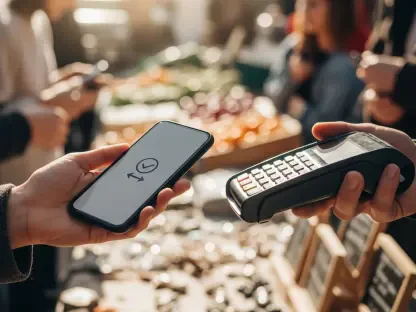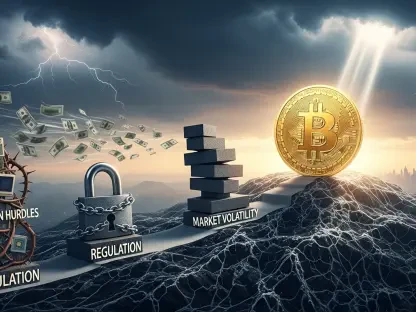Peer-to-peer (P2P) payment services have become essential in modern finance, enabling users to quickly transfer money from their bank account to another person’s account via third-party websites or mobile apps. Widely known platforms such as Venmo, Zelle, and Cash App are often used to split bills or repay small debts. Despite the widespread use and convenience of these services, many still wonder about their operational mechanisms and safety.
To start using a P2P platform, link your bank account, debit card, or credit card, which will serve as your funding source. This involves entering and verifying your account information, and additional details might be requested to prevent fraud. Once set up, users can locate recipients using usernames, emails, or phone numbers. Ensuring accurate recipient information is crucial to avoid misdirected funds.
Next, input the amount to send, double-checking for accuracy before confirming. Many platforms allow adding a memo for transaction context. Funds are then transferred from your account to the recipient’s P2P account almost instantly or within a few minutes, though moving money from the P2P account to a bank account may take longer or incur a fee.
Popular P2P services include Zelle, PayPal, Venmo, Cash App, and Apple Cash, each offering unique features and varying fees for instant transfers or international transactions. While these services are generally secure, user vigilance against scams is essential. Security measures such as encryption, two-factor authentication, and fraud detection technology enhance safety, but users must remain cautious.
To summarize, P2P payment services are convenient for quick financial transactions despite some risks. Users should ensure they only send money to trusted individuals and protect their account information to enjoy the benefits while minimizing potential downsides.









